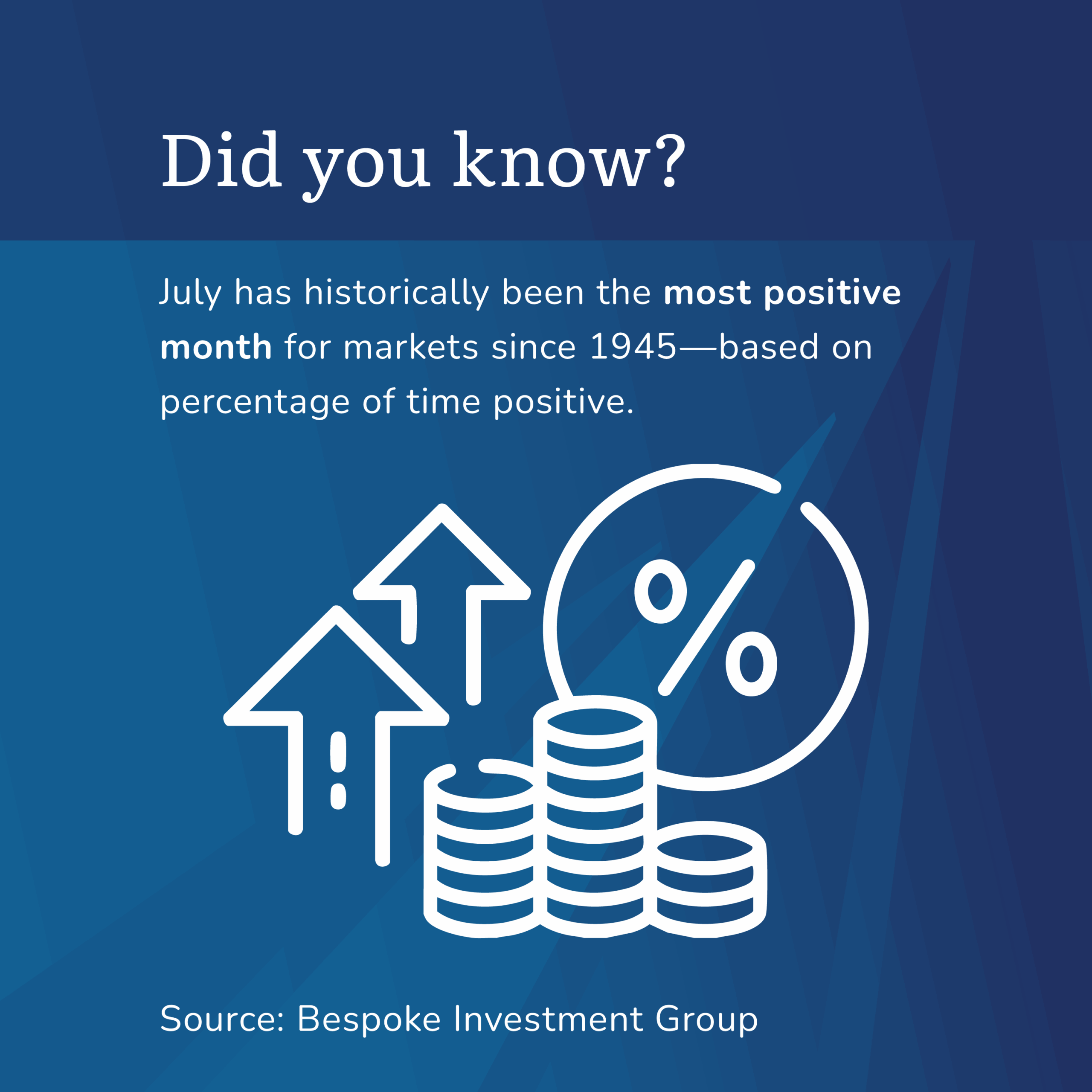Buyer Beware: What Do You Get From Your Advisor?
Although I have never been to Thailand, I have read that you cannot go more than a few feet in a typical town market without someone yelling “same same.” It is the vendor’s way of telling you that what they offer is the same as everyone else, thus encouraging you to end your comparison shopping and buy from them.
Recently I spoke with a gentleman considering whether to become a client of our wealth management firm, and he asked matter-of-factly how we are different than all the other hundreds of investment firms in the area. It seems that most of the public thinks of all financial firms as “same same,” yet they differ widely. Here are a few of the things that may distinguish one financial advisory firm from the next.
You Don’t Know What You Don’t Know
I cannot tell you the number of prospective clients who sit down to meet with us and have no idea how to answer the following three major questions.
- What return do you need in order to meet your personal goals?
If your portfolio is making 20% per year but it is loaded with risky assets that are keeping you up at night and you only need to earn 5% per year to live your current lifestyle, what is the point of taking the extra risk? Is your plan to make as much money as possible or to have the ideal lifestyle with the least amount of risk? If your goals change, shouldn’t the asset allocation (and desired return) be altered as well?
- Is your portfolio performing suitably to help you meet your goals?
If you are not receiving performance reports every so often, how do you know if the current advisor is doing a good job in helping you meet your goals? What does this performance tell you about the likelihood that you will meet your goals? Do you have a plan in place for tracking your goals?
- How does your current advisor get paid, and what is the total cost of your relationship?
If you cannot determine how much your advisor is being paid, isn’t it vital that you ask, to make sure the fees are reasonable? The US Department of Labor 401(k) fee website (http://www.dol.gov/ebsa/publications/401k_employee.html) compared two investors who started at age 35 with a 401(k) balance of $25,000 and never contributed again. Both investors earned 7% per year before fees, but one paid a 0.5% annual fee and one paid a 1.5% annual fee for the investments. The ending value after 35 years would have been $227,000 for the investor who paid a 0.5% annual fee versus $163,000 for the investor who paid a 1.50% annual fee. The 1 percentage point difference in fees reduced the account balance at retirement by 28%! An advisor cannot control the market, but they do have some control over taxes and expenses.
Out of Sight, Out of Mind
We recognize that you have a lot going on and you do not always get around to completing your tasks. Perhaps you bought a life insurance policy years ago and have never revisited that decision to determine whether it still makes sense. Perhaps you never made a change to your estate documents or IRA beneficiaries after a marriage or divorce. Or perhaps you have not revisited your 401(k) allocation since the first time you made the initial selection.
Is this something that your advisor addresses? Does your advisor even know or want to know about your social security benefits, life insurance, or estate documents? Or have you simply been reduced, in your advisor’s eyes, to “a number?”
There are also certain age milestones that should prompt you to confer with your financial expert to ensure that decisions are made responsibly, such as:
- A few months before age 62, we suggest you sit down and go through a social security analysis to determine the optimal age for beginning to collect benefits.
- A few months before age 65, we recommend you research and apply for Medicare (as delaying will likely lead to penalties, based on the current Medicare rules).
- At age 70½ (or earlier for inherited IRAs) and each year thereafter, you need to decide the best approach in taking Required Minimum Distributions from your IRA.
Tax Brackets
Knowing your tax bracket and working with your accountant can help you achieve the highest after-tax return on your bonds.
Tax Sheltering
Placing certain assets to take advantage of IRAs, where you do not pay taxes on income and gains, can help boost your overall return.
Capital Gain Distributions and Tax Losses
If you are not watching out for mutual fund capital gain distributions at the end of the year, you are likely to get hit with a large tax bill. In addition, one of the ways to lower your tax bill is to take advantage of losses in your account once they take place.
Rebalancing
It is important to keep your asset allocation consistent with your goals by rebalancing between stocks and bonds. This may also lead to higher risk-adjusted portfolio returns over time.
The Devil Is in the Details
At the end of the day, it will benefit you to find a firm that puts a lot of time, effort, and thought into these details. The plan that is put in place on Day 1 should not be “buy and hold” (often described as “set it and forget it”), but rather “buy and manage,” with changes based on research, long-term projections, and unique circumstances. I can assure you that all financial firms are not “same same.” It is incumbent upon you as the buyer to ask the right questions before choosing the firm that’s best for you.
Feel free to contact Brett Horowitz with any questions by phone 305.448.8882 ext. 216 or email: [email protected]
For more information on financial planning visit our website at www.EK-FF.com.
Categories
Recent Insights
-

How Microsoft Teams Can Transform Your RIA Firm’s Efficiency and Compliance
In the competitive world of registered investment advisory (RIA) firms, effective communication and collaboration are key to delivering exceptional client service and maintaining regulatory compliance. Before the pandemic, in-person collaboration was the norm at our firm, but with the transition to a fully remote office, we needed a secure internal communication platform. Today, as many…
-

One Big Beautiful Bill: How Trump’s Tax Overhaul Impacts American Families and Businesses
On July 4th, 2025, President Donald Trump signed into law the “One Big Beautiful Bill Act,” a sweeping piece of legislation that reshapes the American tax landscape and introduces a range of economic, social, and regulatory reforms. Below is an examination of the bill’s key provisions. Key Provisions of the “Big Beautiful Bill” 1. Permanent Extension and Expansion…
-

Talk Your Chart | From Saunas to Stock Surges: Market Recoveries, Margin Resilience & Rate Watch | Episode 69
In Episode 69 of Talk Your Chart, Brett and Marcos unpack the surprising speed of the recent market recovery, debate the timing vs. time-in-market mindset, explore political biases in investing, and analyze how corporate margins and U.S. debt are shaping investor decisions in 2025. Charts available for download here.
-

Smart Money Moves for Teens: The Best Financial Literacy Apps
Why Financial Literacy for Teens Matters Let’s face it—teaching teens about money can be tricky. But thanks to an ever-growing list of financial literacy apps, it’s never been easier (or more engaging) to help kids build healthy money habits. I recently spoke with two clients who’ve been using the Greenlight app to help their children…
-

Rebuilding Financial Confidence After Divorce: Managing Risk & Moving Forward
Divorce is not just an emotional transition—it’s a financial one, too. The process of separating assets, redefining financial goals, and adjusting to a new financial reality can feel overwhelming. But with the right mindset and strategies, you can regain control and build a future that aligns with your new chapter in life. Understanding Financial Risk…
